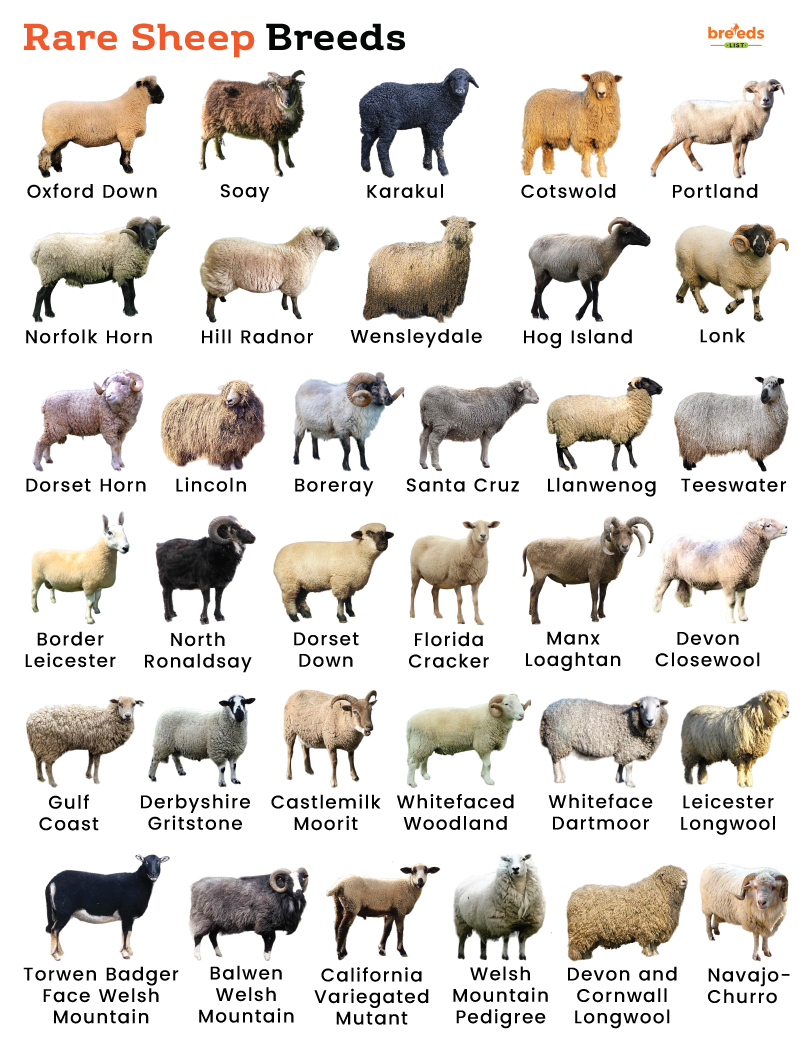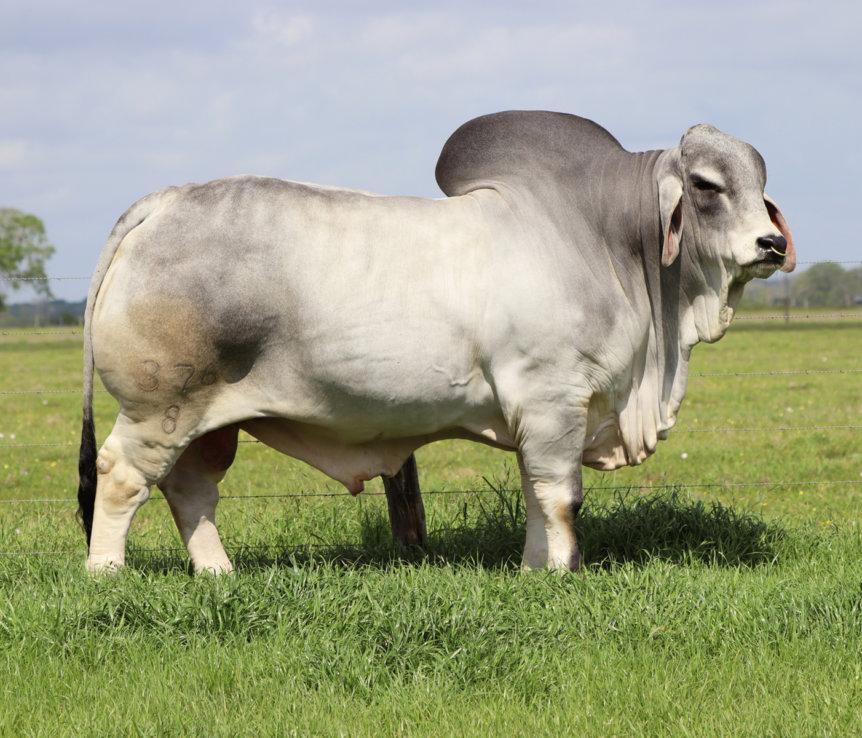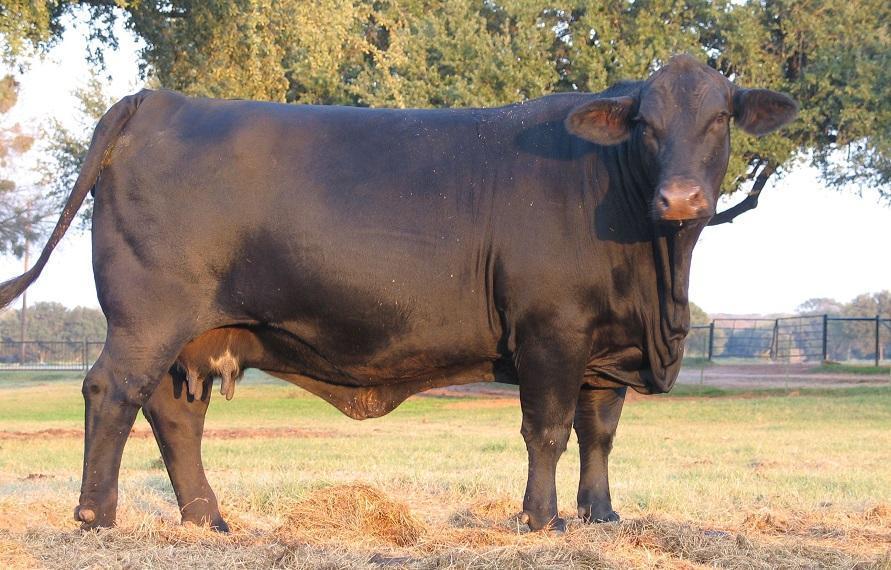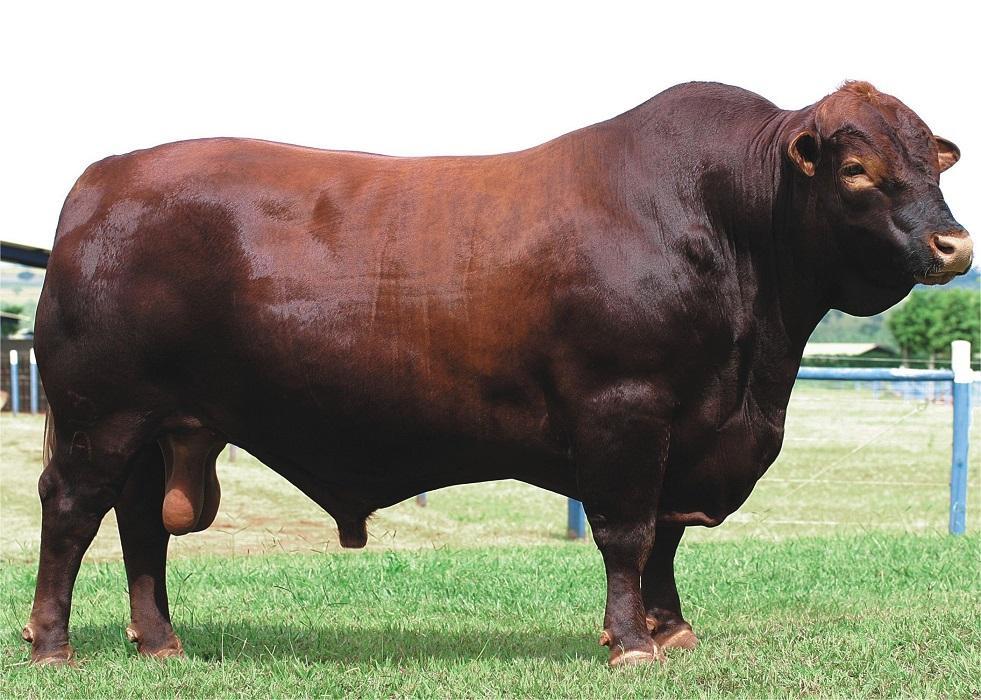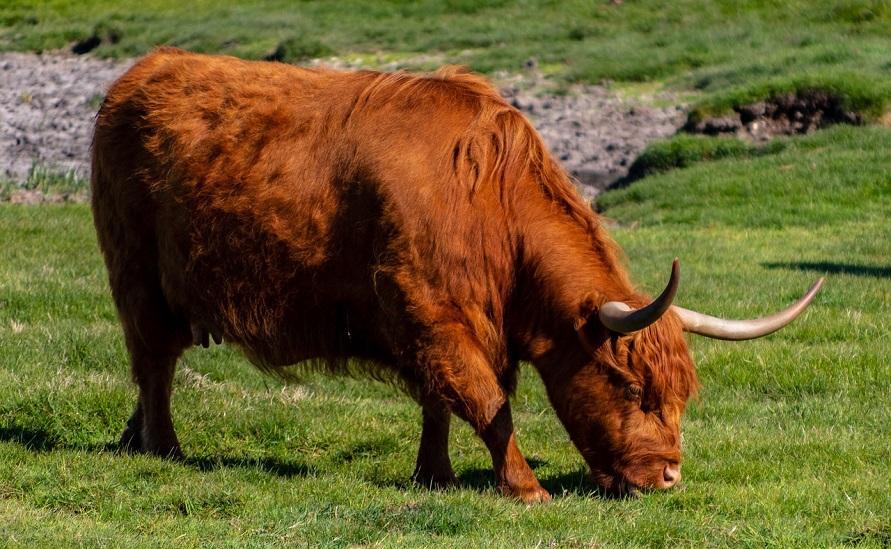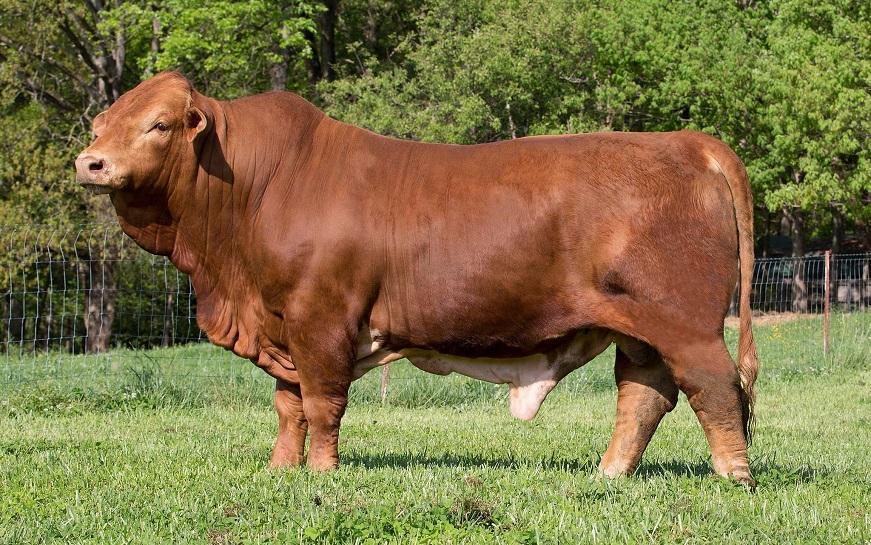Rare Sheep Breeds
When a sheep breed has a drastically low breeding population, it is deemed rare. Different organizations have their own criteria for determining the rarity of a sheep breed. The Livestock Conservancy considers the breed’s status to be critical if there are less than 2000 members in its global population, while the Rare Breeds Survival Trust does the same if there are fewer than 300 females capable of breeding.
Why Do Some Sheep Breeds Become Rare
- Limited Range — Some sheep are limited to specific locations, restricting their growth. This also means that a disaster can severely dent the population. For instance, the Balwen Welsh Mountain is restricted to Tywi Valley in Wales. In the harsh European winter of 1946-47, the Tywi Valley was badly affected, nearly wiping out the breed.
- Competition with other sheep — Sheep breeds that are less productive than others are reared less often. If a breed produces less wool, meat, or milk than another breed under the same conditions, it is less suitable for commercial purposes. This was observed in the case of the Dorset Down, which was initially reared as a meat breed and became less favored when the more productive Suffolk originated.
- Increased Preference for Synthetic Fibers — Rearing sheep for wool can be labor-intensive due to the difficulty of mechanizing the shearing process. The rise of synthetic alternatives further diluted the demand for natural wool. For example, the Border Leicester, once prized for its wool used in carpet manufacturing, declined in the 20th century as synthetic fibers became more common.
List of Rare Sheep Breeds
| Breed | Status | Where Are They Found | Original Purpose |
|---|---|---|---|
| Santa Cruz | Critical, less than 200 left | US (California) | Wool |
| North Ronaldsay | Critical, less than 600 breeding females | Scotland | Meat and wool |
| Navajo-Churro | Critical | US | Wool, milk, pelts, and meat |
| Gulf Coast | Critical | US (Texas, Louisiana, Florida) | Wool |
| Hog Island | Critical | US (Virginia) | Wool |
| Welsh Mountain Pedigree | Critical | England | Meat |
| Lincoln | Critical | England, US, Australia, New Zealand, and Canada | Wool |
| Whitefaced Woodland | Critical | England | Meat |
| Florida Cracker | Critical | US (Florida) | Meat and wool |
| Teeswater | At risk (UK), Critical (US) | UK, US | Meat |
| Balwen Welsh Mountain | At risk | Wales (Tywi Valley) | Meat |
| Dorset Horn | At risk | UK, Australia, New Zealand, North America and South Africa | Wool |
| Border Leicester | At risk | Australia and UK | Wool |
| Cotswold | At risk | UK and US | Meat and wool |
| California Variegated Mutant/Romeldale | At risk | US | Wool |
| Soay | At risk | UK | Meat and wool |
| Karakul | At risk | Central Asia, North America, and Namibia | Pelts |
| Derbyshire Gritstone | At risk | England (Cheshire, Derbyshire, Lancashire, & Yorkshire) | Meat |
| Boreray | At risk | Scotland | Conservation grazing |
| Devon and Cornwall Longwool | At risk | Southwest England | Wool |
| Castlemilk Moorit | At risk | Scotland | Hobby farming |
| Leicester Longwool | At risk | US, Australia, New Zealand, England, and Sweden | Wool |
| Devon Closewool | At risk | England (North Devon) | Meat |
| Manx Loaghtan | At risk | Isle of Man, UK, and Jersey | Meat and wool |
| Dorset Down | At risk | UK, North and South America, Australia, and New Zealand | Meat |
| Hill Radnor | At risk | UK (Powys, Herefordshire, Monmouthshire) | Meat |
| Whiteface Dartmoor | At risk | Southwest England | Meat |
| Oxford Down | At risk | Europe and North America | Meat |
| Norfolk Horn | At risk | England (Norfolk) | Meat |
| Wensleydale | At risk | England, also the rest of Europe, and the US | Wool |
| Llanwenog | At risk | UK | Meat |
| Portland | At risk | England | Meat |
| Lonk | At risk | England (Lancashire,Yorkshire) | Meat and wool |
| Torwen Badger Face Welsh Mountain | At risk | Wales | Meat |
Effective conservation programs have helped many at risk sheep breeds. For instance, the Shetland Sheep has recovered and is no longer endangered. Interestingly, while breeds like the Clun Forest and the Jacob are recovering in their native country — England — they remain threatened in places they were imported to, such as the United States.

